Creating Normative Scenarios
The goal of the NASCENT-Peru project was not to create scenarios that describe what is likely to happen in the future, instead we aimed to create scenarios that describe what diverse stakeholders in Peru want to happen in the future, i.e. normative scenarios. Specifically, our scenarios capture different perspectives on desirable future landscapes for Peru, what characterizes these landscapes, and what societal and environmental changes are needed to achieve them. To develop our scenarios we used a participatory approach that involved a series of workshops and online activities to gather input from stakeholders and experts combined with literature review. This process is represented visually in the diagram below with further details in the sections that follow. We have also created a ‘scrolly-telling’ article that walks you through the scenario creation process step by step, which you can access using the link below or under the Outputs menu at the top of the page.
Workshops
The project’s participatory process involved a series of workshops, both national and regional, that bring together stakeholders and experts. The aim was to collaboratively identify desirable and undesirable aspects of future landscape change.
Here are some pictures from the workshops:
Narratives
In addition to the workshops, an online survey is conducted. Based on the information gathered through the workshops and survey, explorative and normative scenarios are created. The exploratory scenarios consist of ‘business as usual’ and negative scenarios, while the normative scenarios consist of nature-positive scenarios.
Quantification
The rates of land use and land cover change (LULCC) are determined for each scenario by quantifying the trends in socio-economic, biophysical, and climatic drivers.
Model Scenario Impacts
During the simulation phase, the Ecosystem Services (ES) and species distribution for each scenario are determined, taking into account the future Land Use and Land Cover (LULC) as one of the input factors.
Land Use Change
Ecosystem Services
Biodiversity
Summarize Environmental Impacts
Ecosystem services influence a wide range of economic sectors, and future changes in these services will affect the Peruvian economy. To assess this impact, we examined the relationships between 8 ecosystem services and 7 economic sectors, using data from the ENCORE database, which evaluates sectoral dependencies on ecosystem services. Only the sectors relevant to Peru were included.
The spider diagram (right) allows you to explore the overall dependencies. Click on an ecosystem service to highlight it, or double-click to remove it from the diagram.
The bar plots (below) provide service-specific details. Use the tabs to switch between ecosystem services, and the drop-down menu to focus on a single economic sector.
Communication and Dissemination
As part of the project methodology, interim results will be presented to refine scenarios. The final results and the datasets will be made publicly available, contributing to the knowledge base for future projects.
Online results
Sub pluribus dente, diva illi ac
Project report
Sub pluribus dente, diva illi ac mandata moenia illi, c quam flumina, recessit loca. Abripit Lethaei crines tuae seque cupidine et, erat acres virorum illis.
Dare nec emittunt induit; parte via criminis solvit ignibus et solio. Sua meliore Crete non cum ignoscite forma; e munere. Ante his galeam serpens. Senemque illa sine solet et oculos pietasque quondam; est aquae, vestem, in?
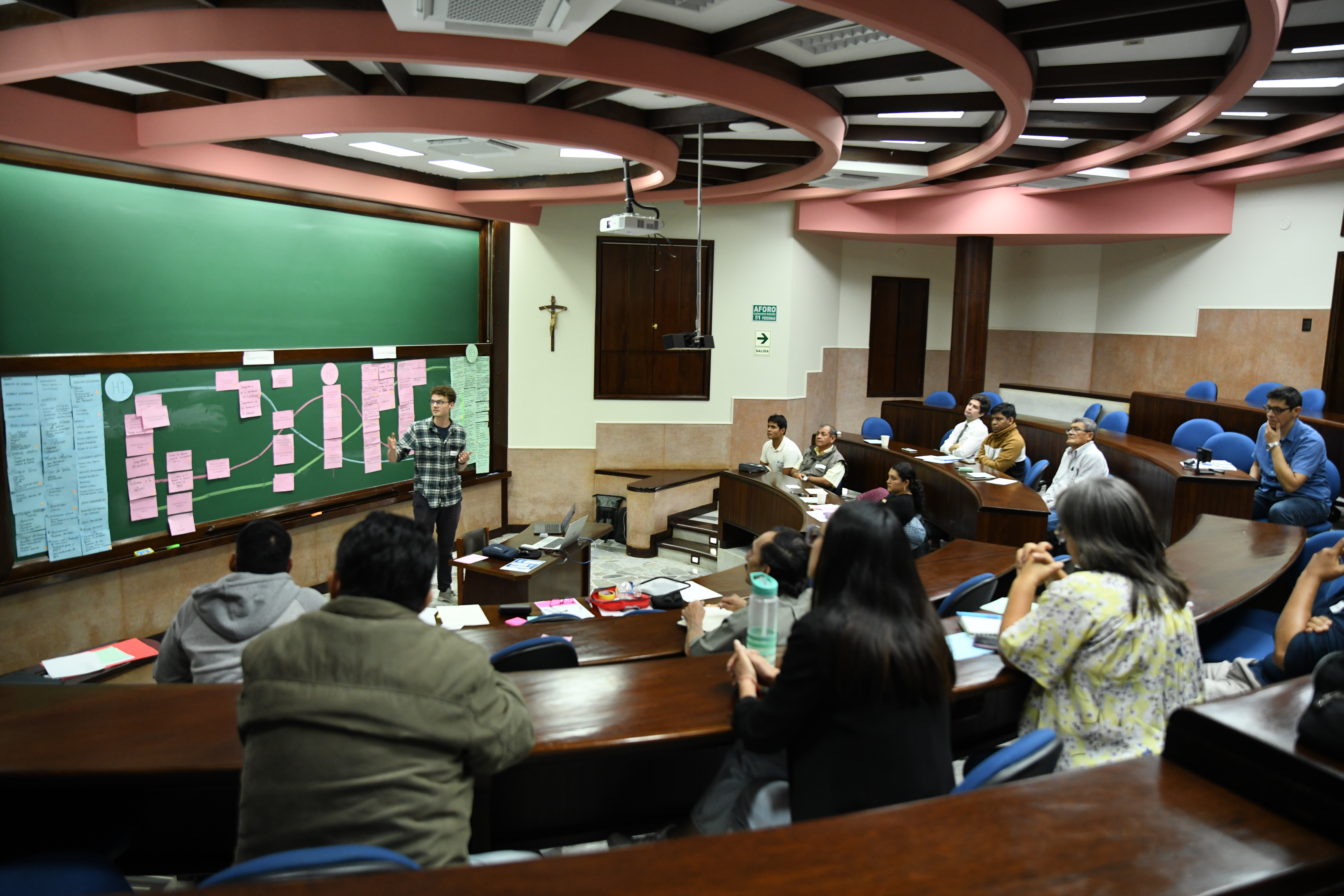
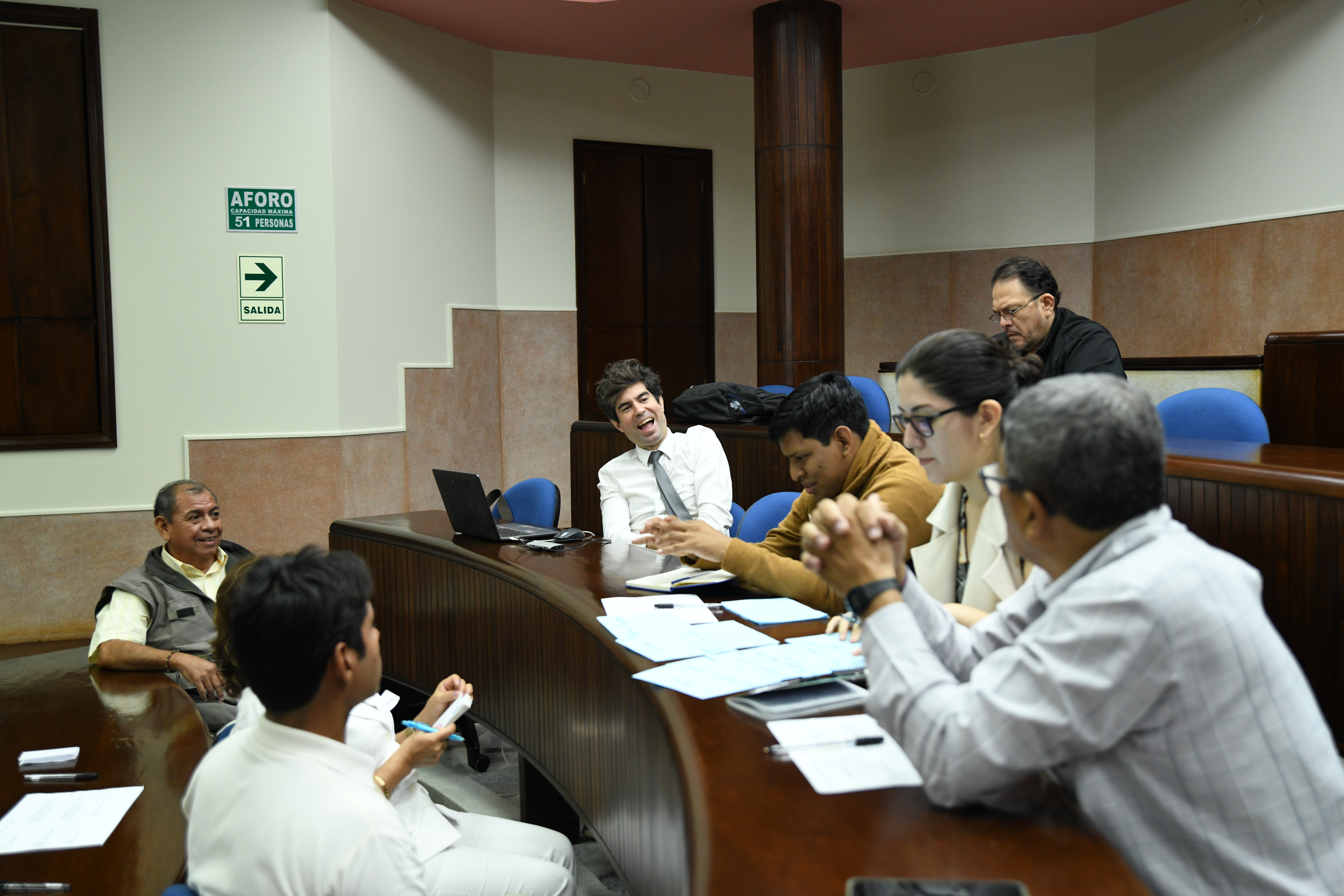
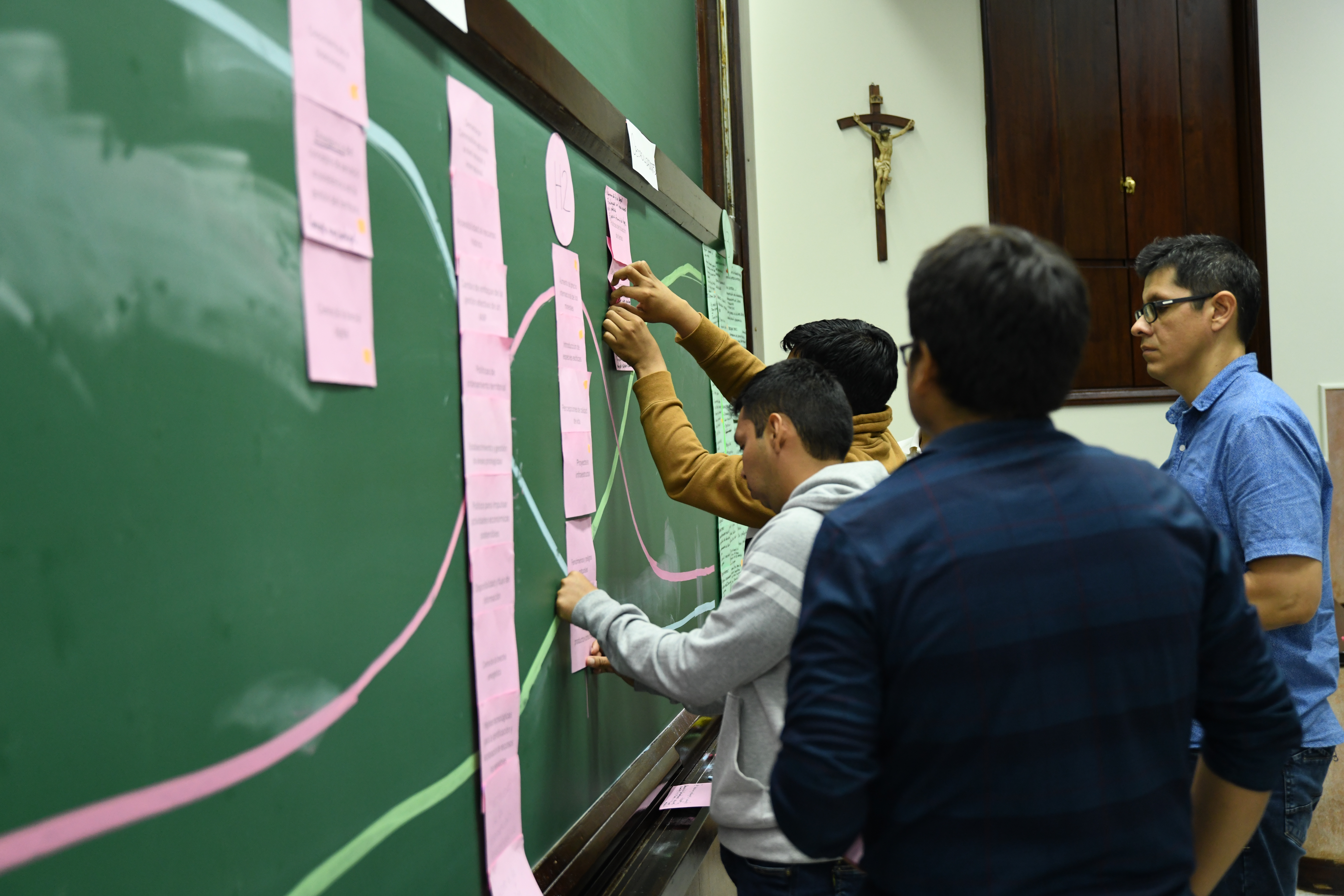
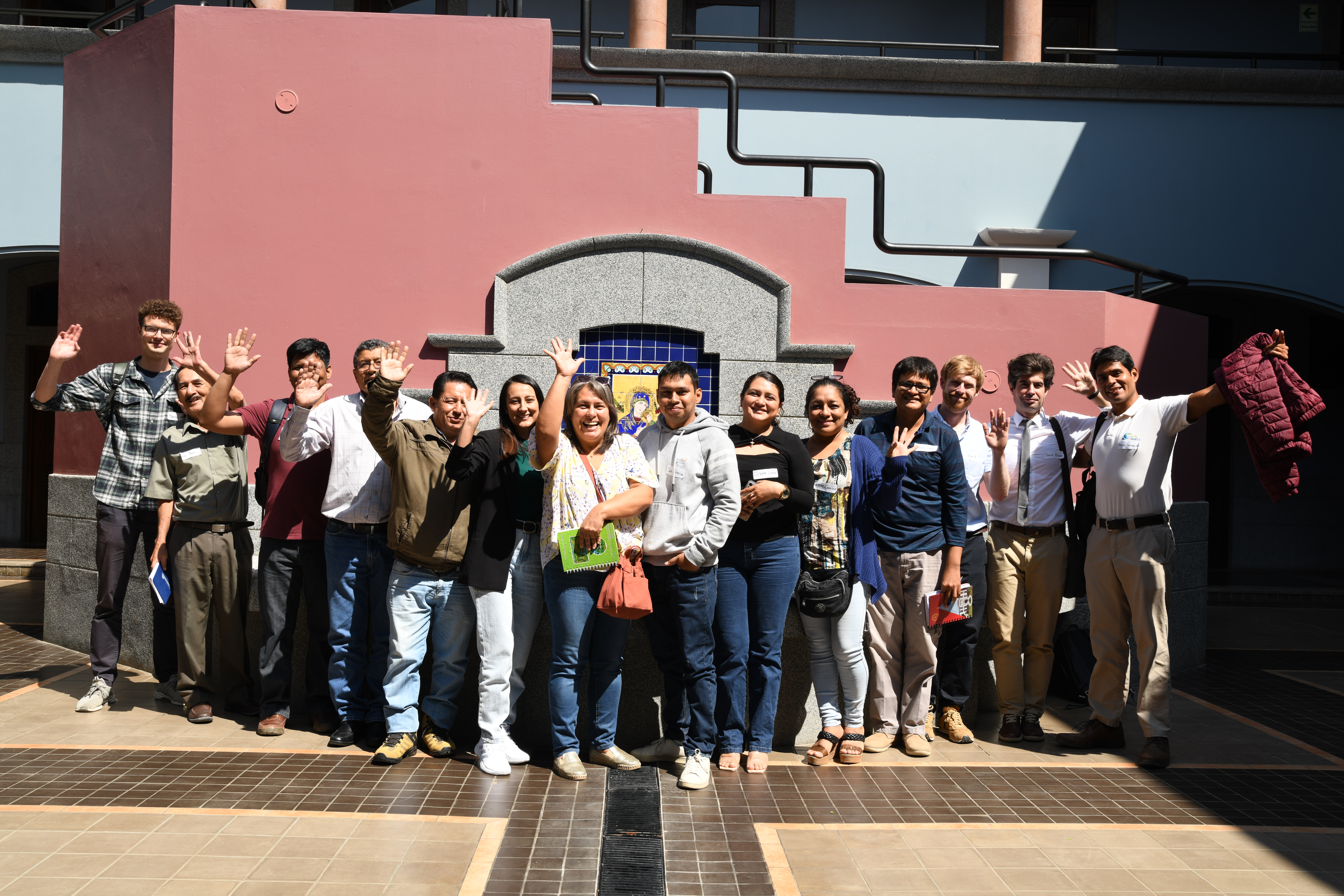


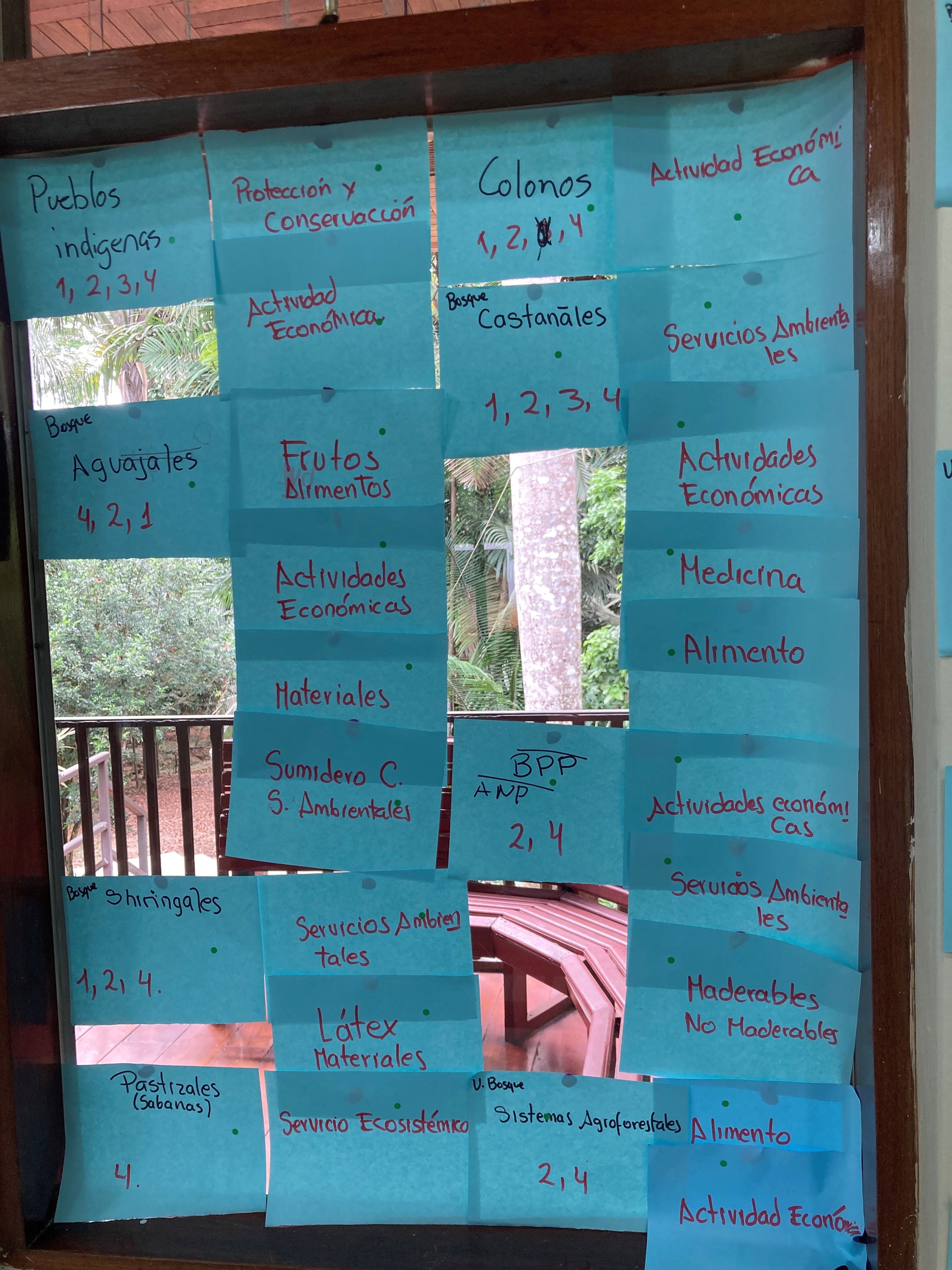
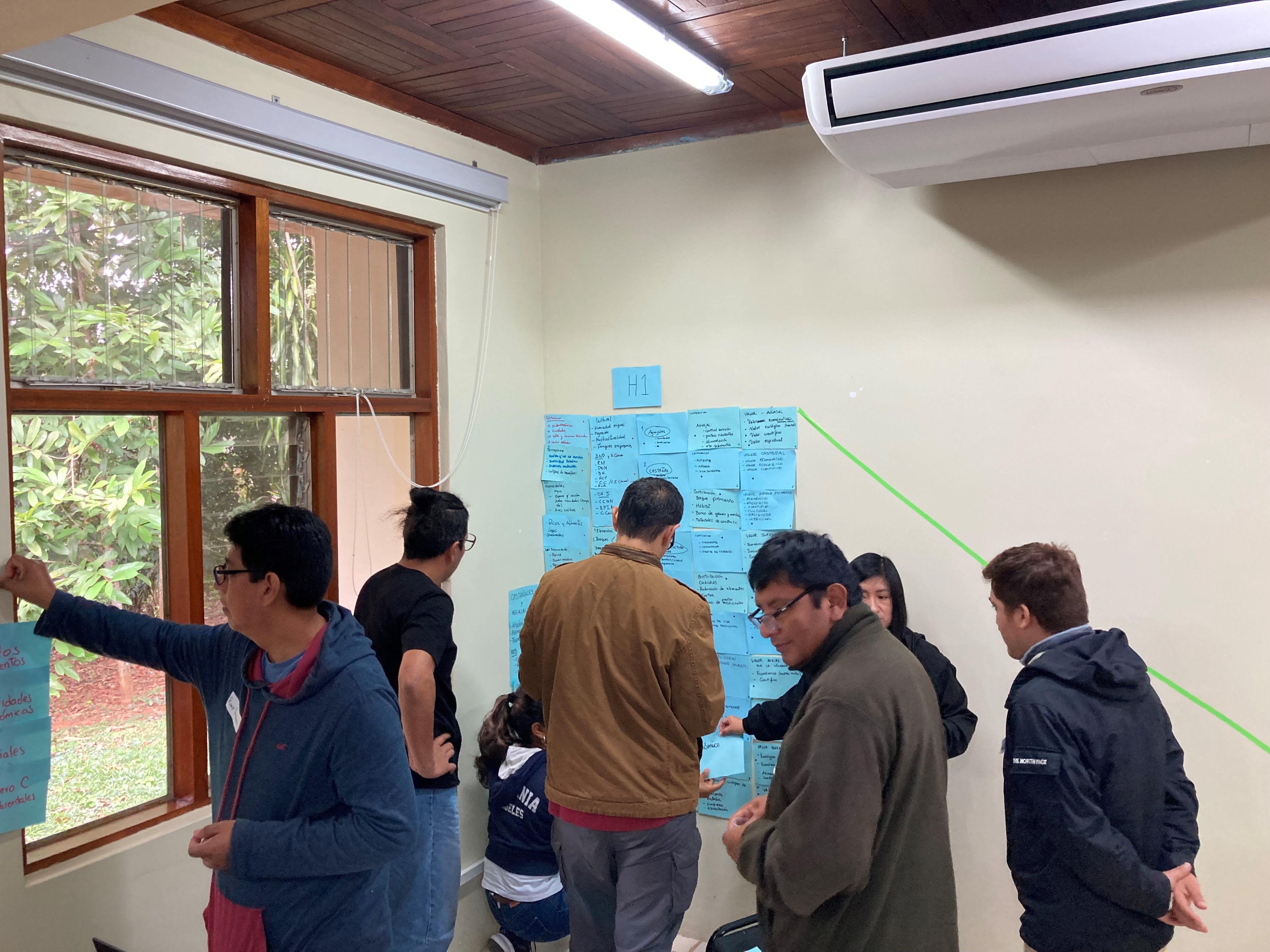
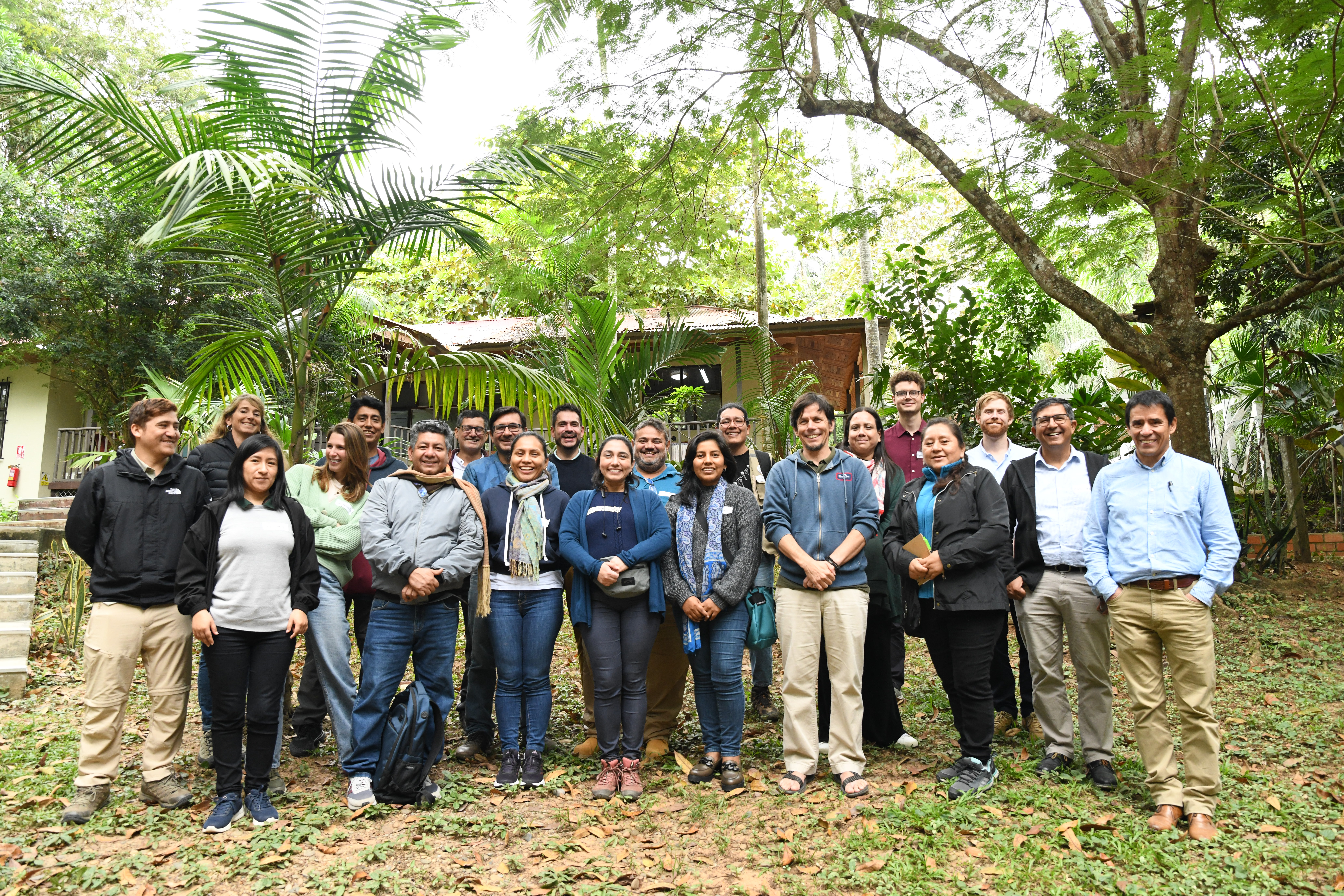
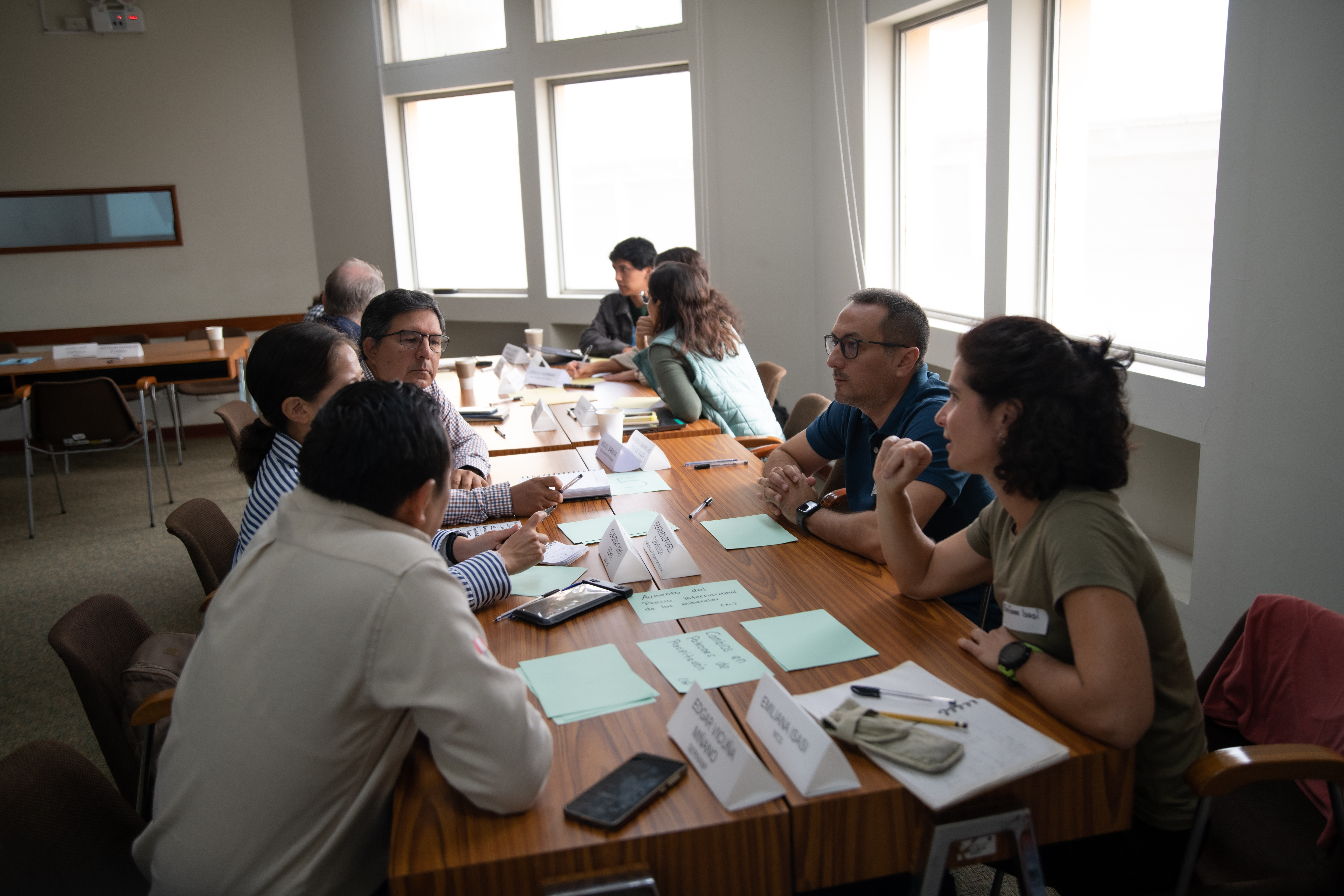


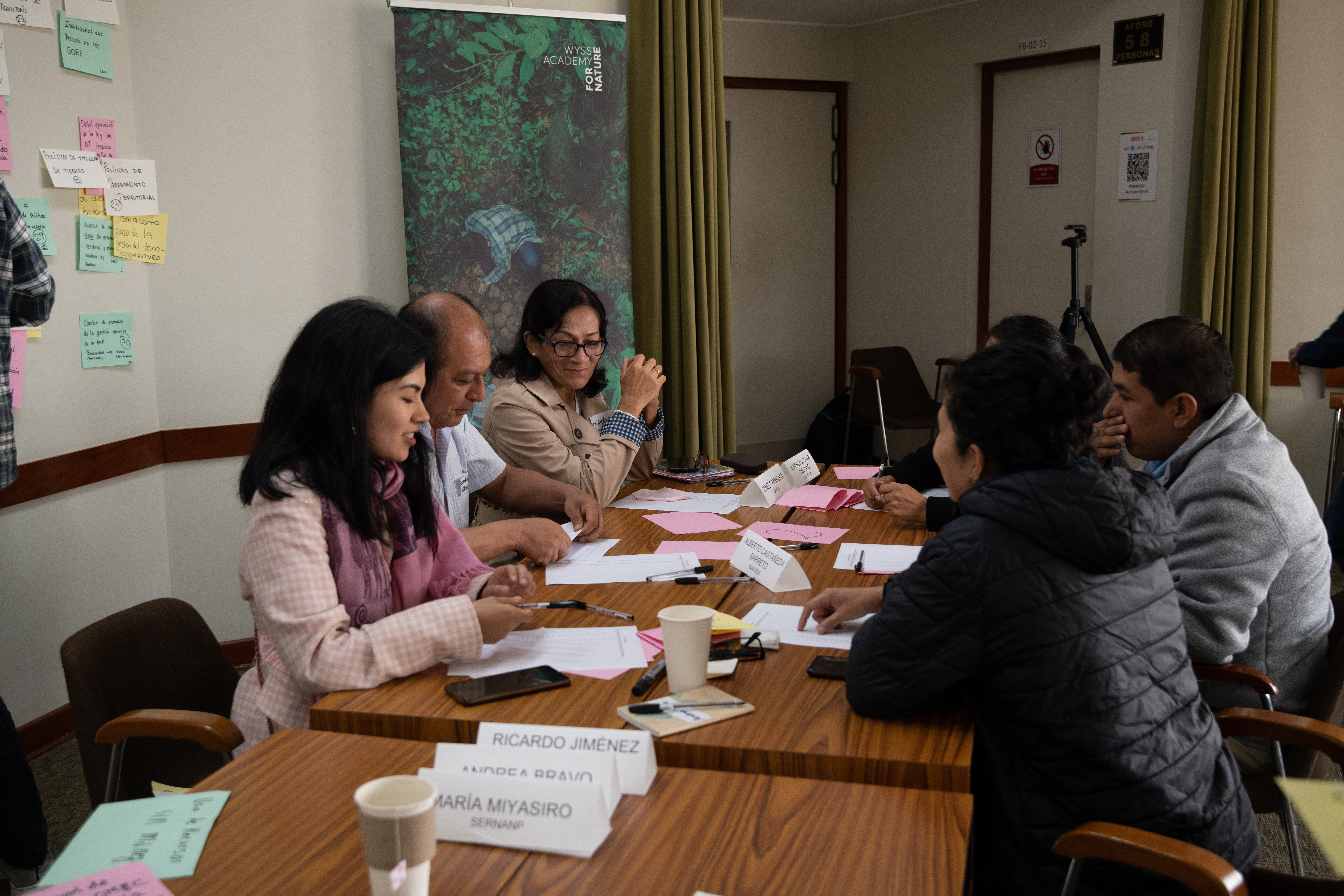
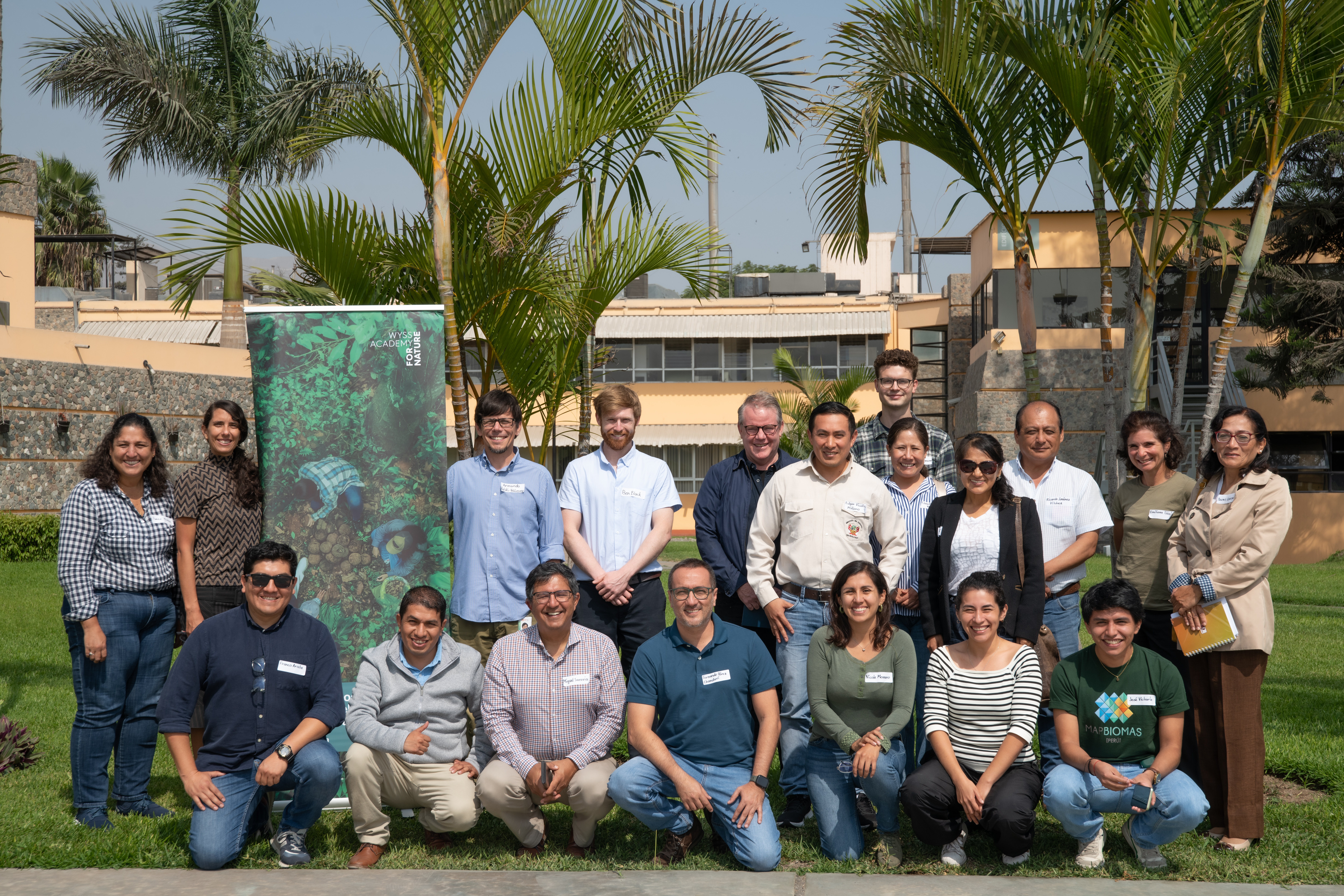
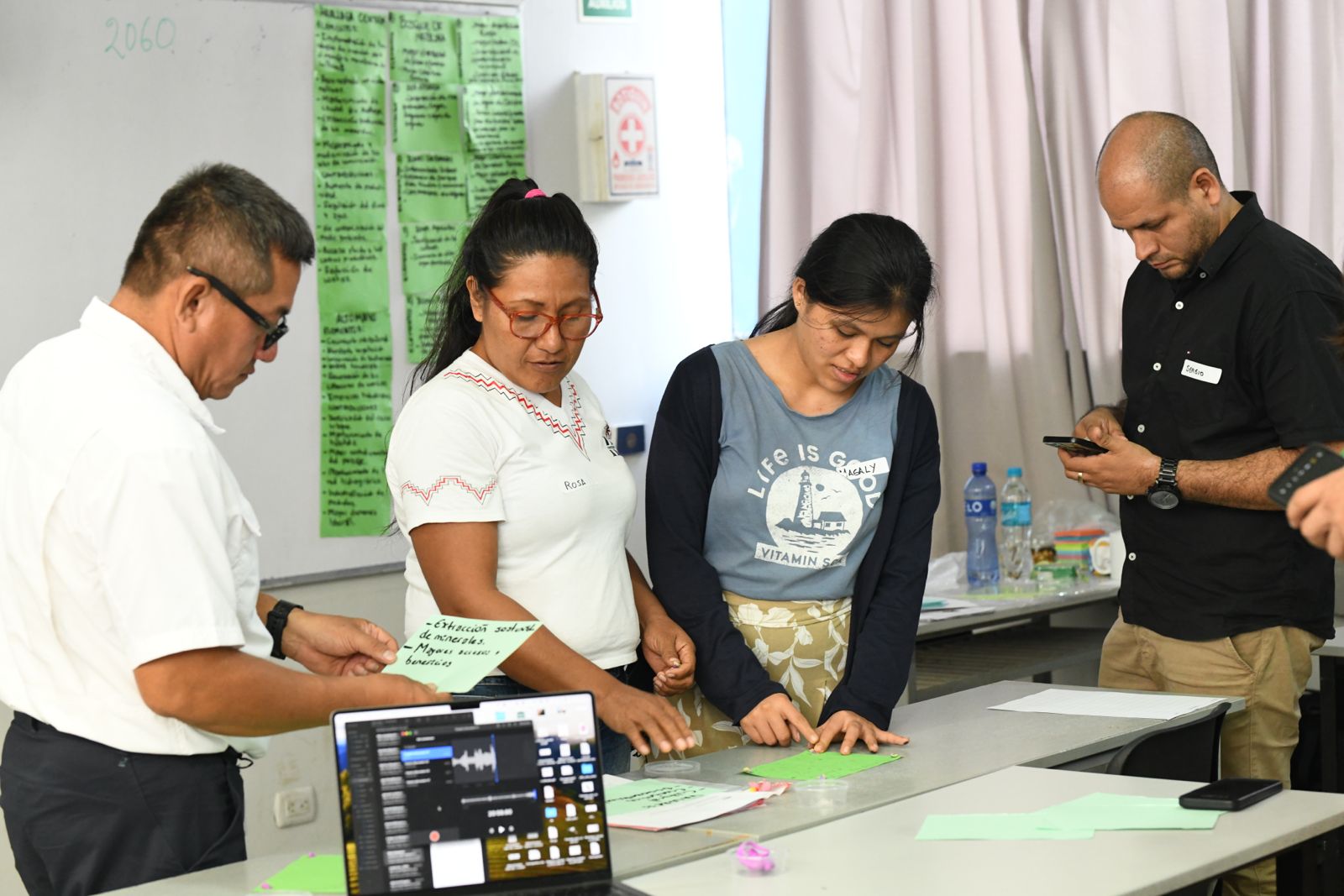
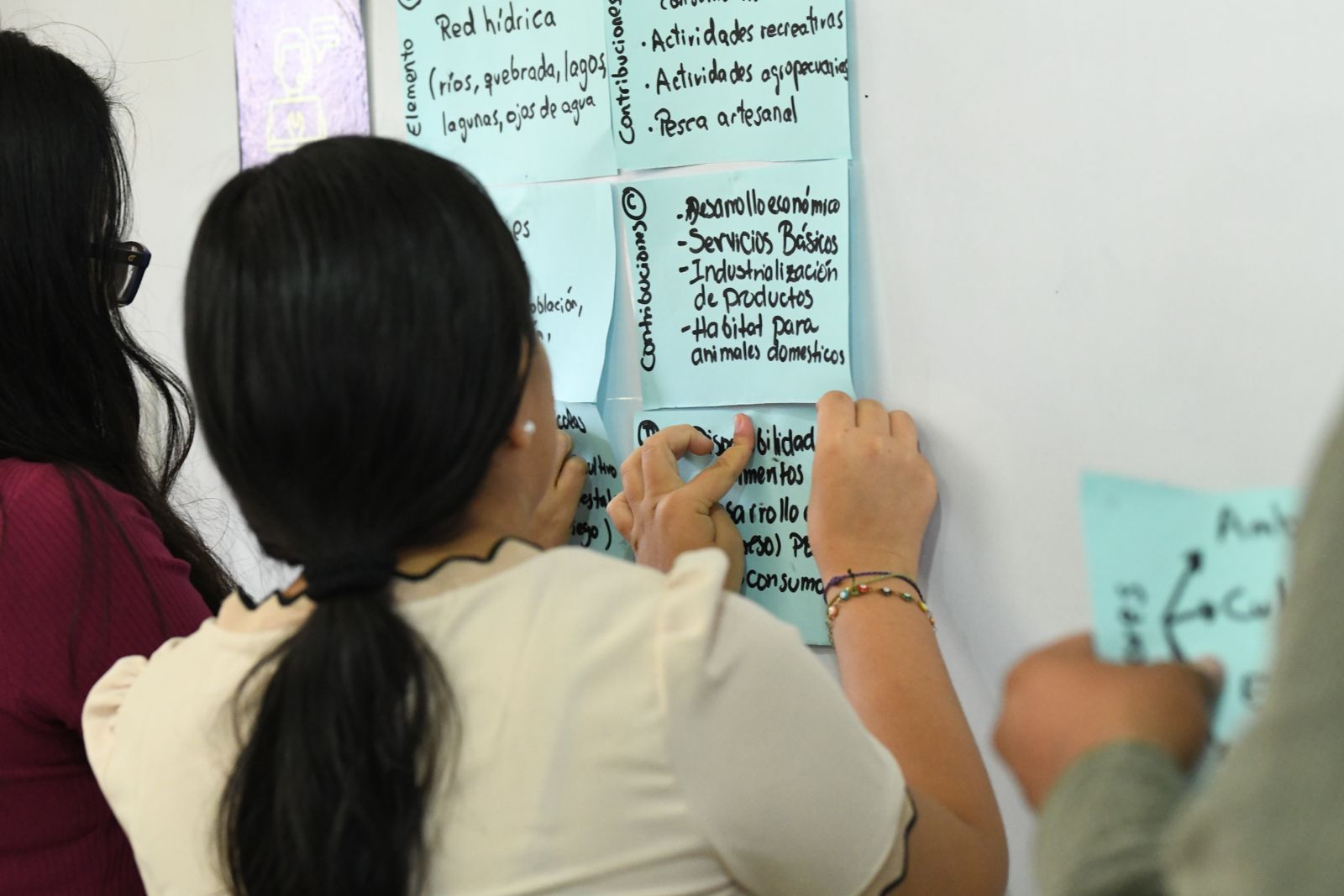
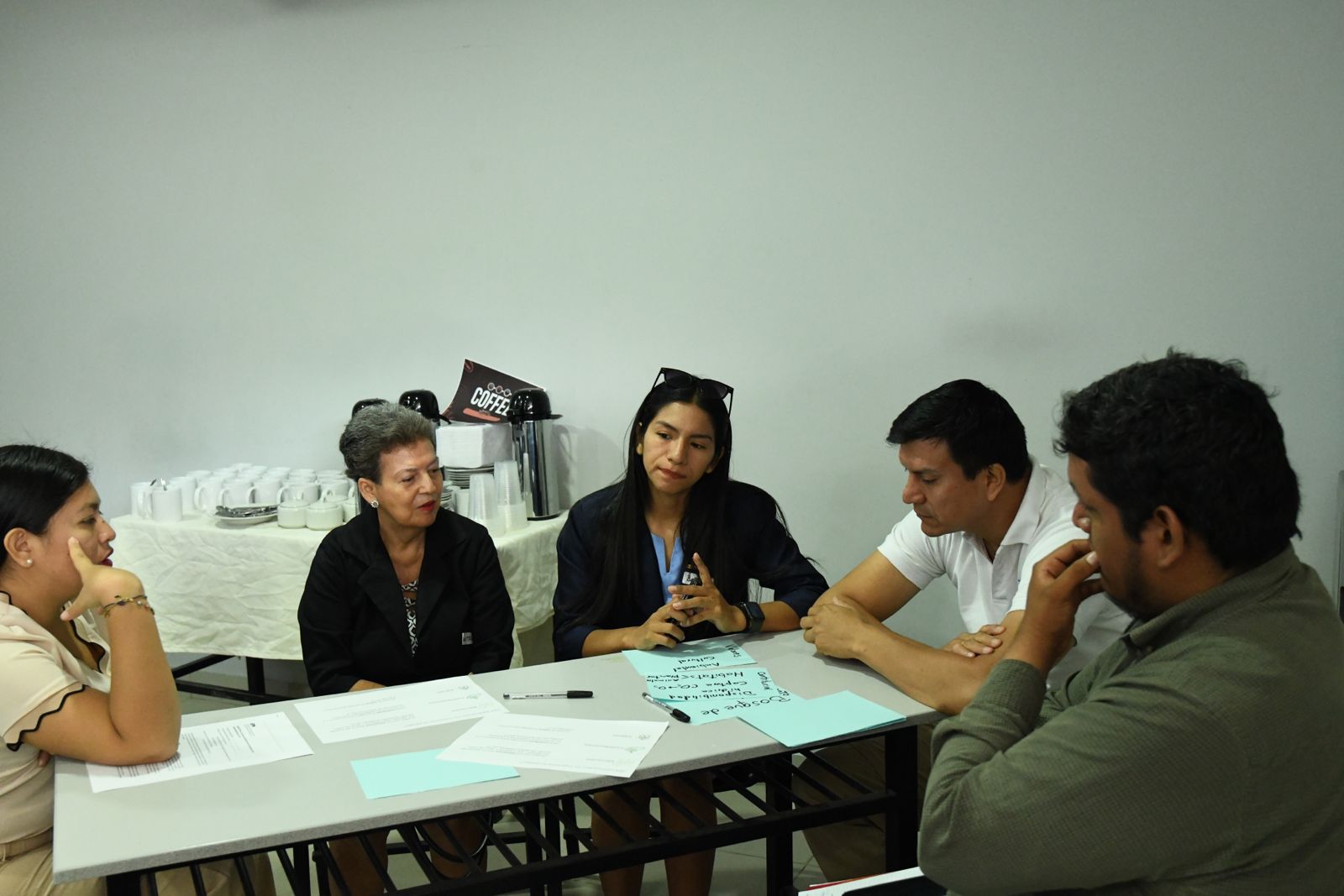

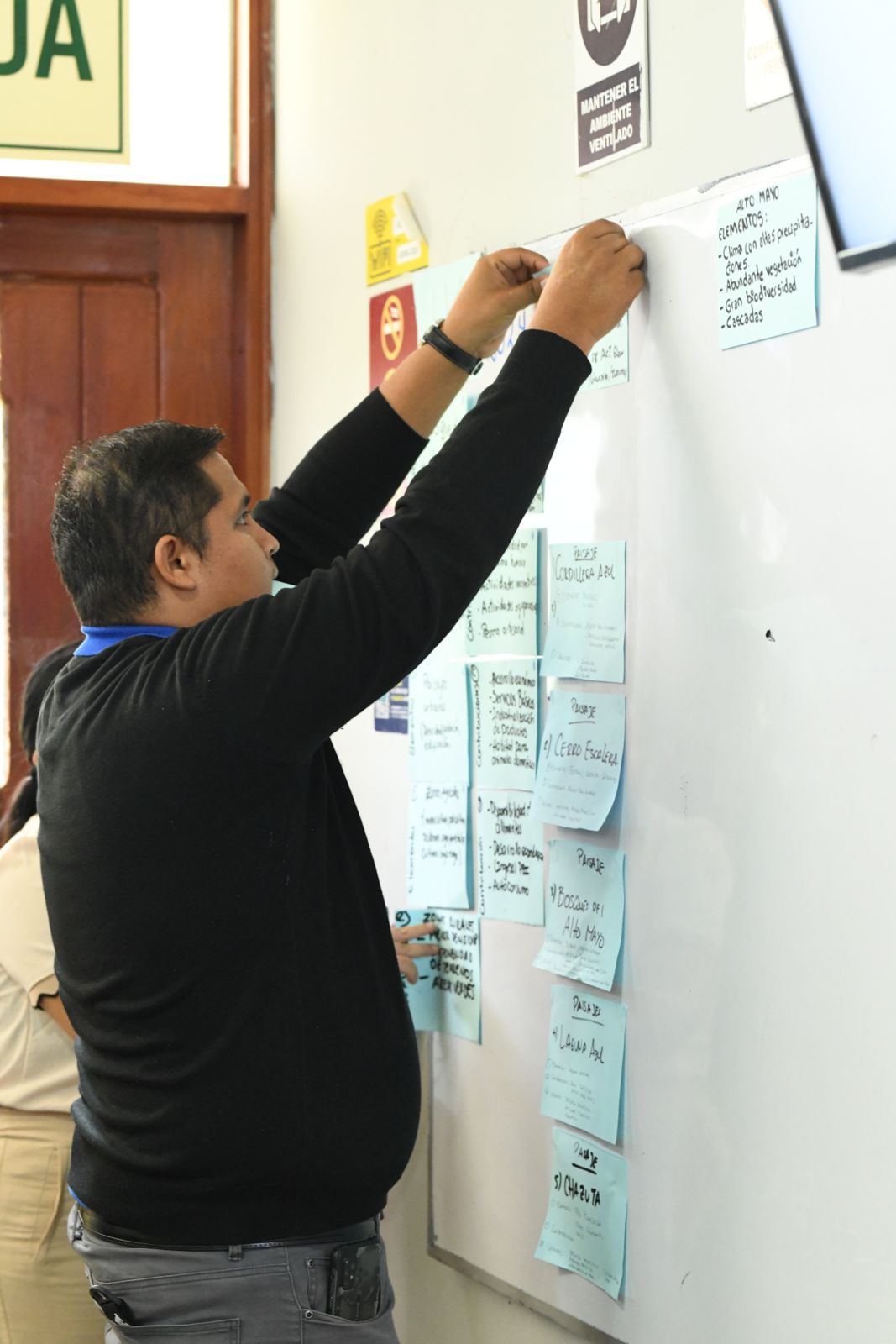
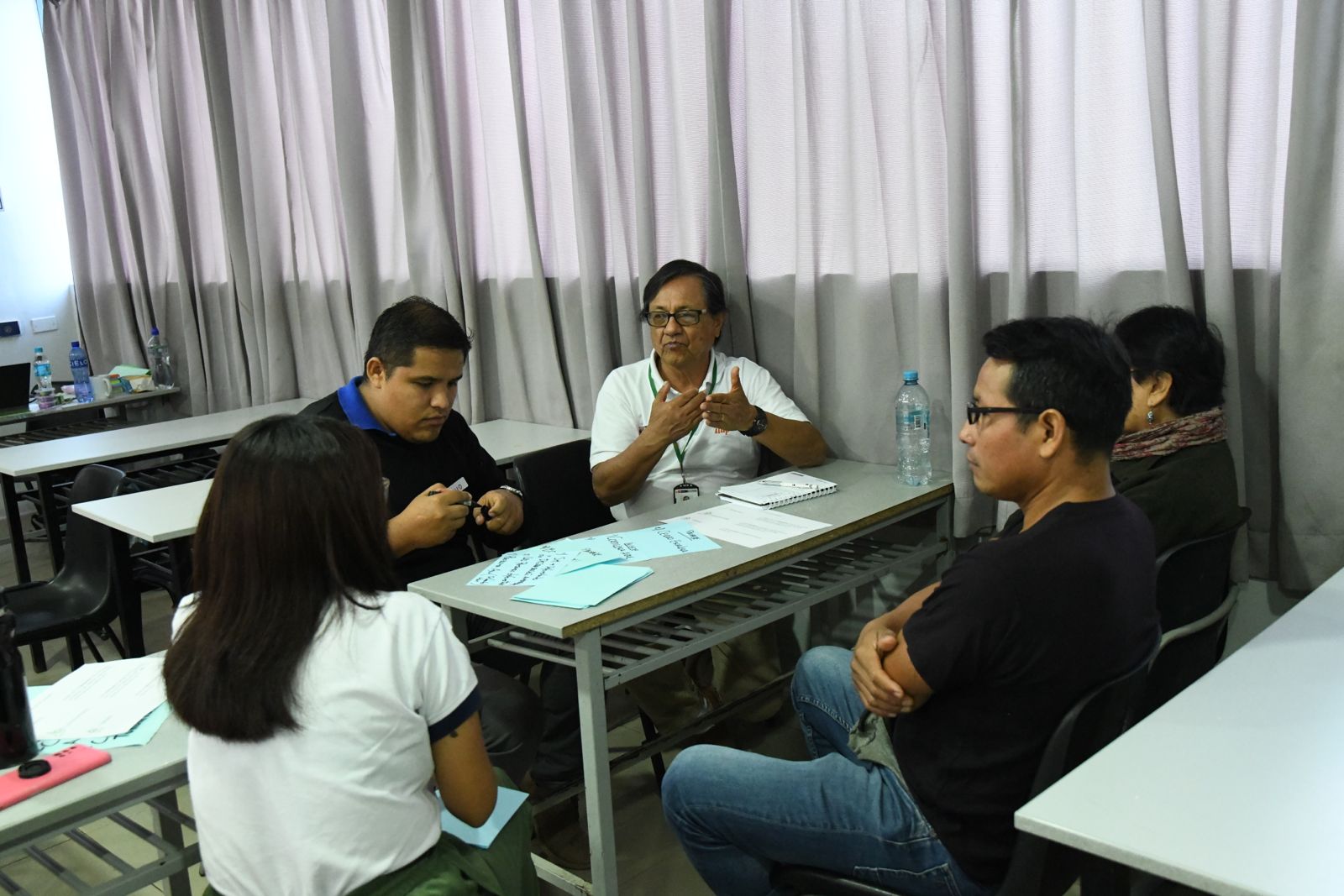
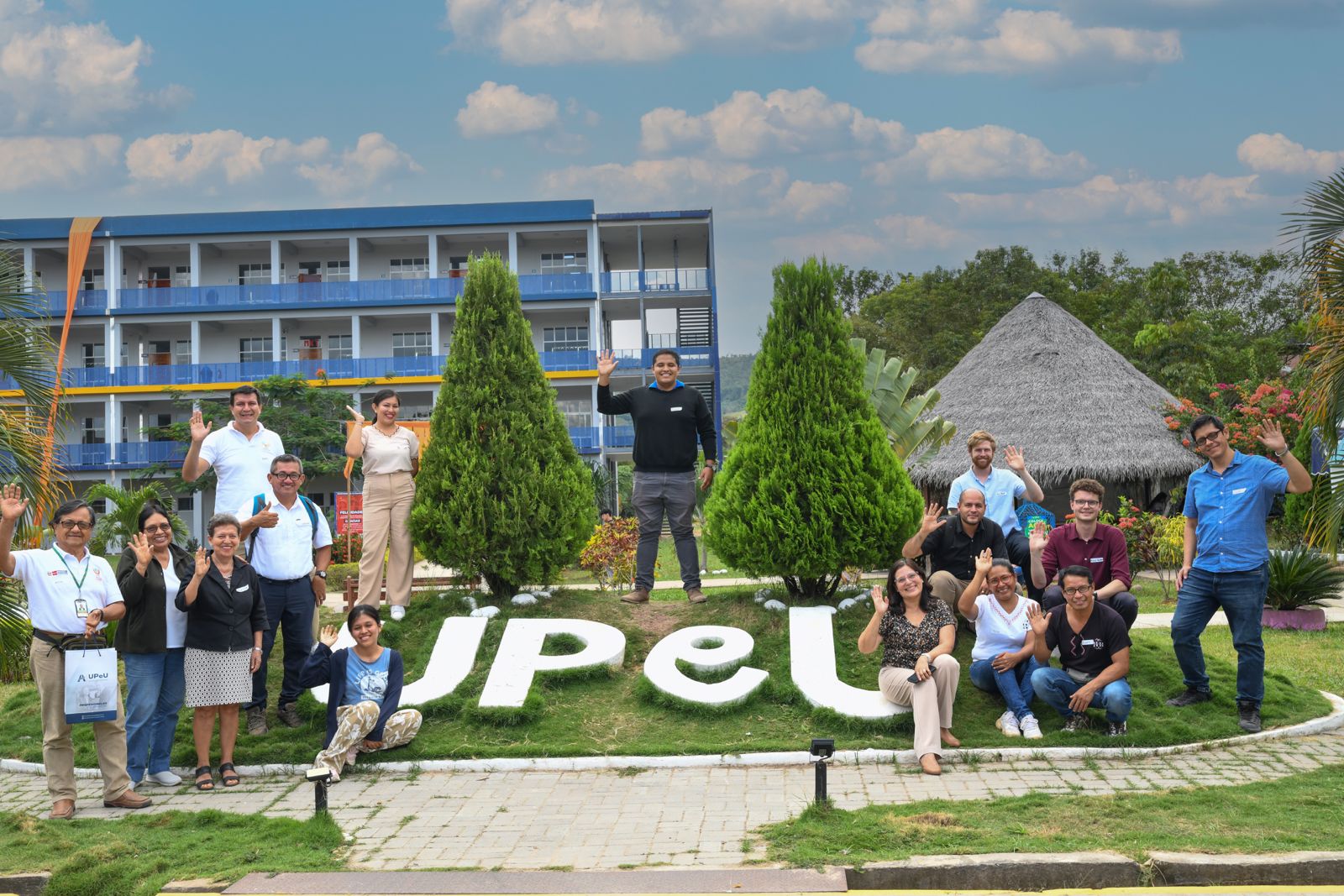
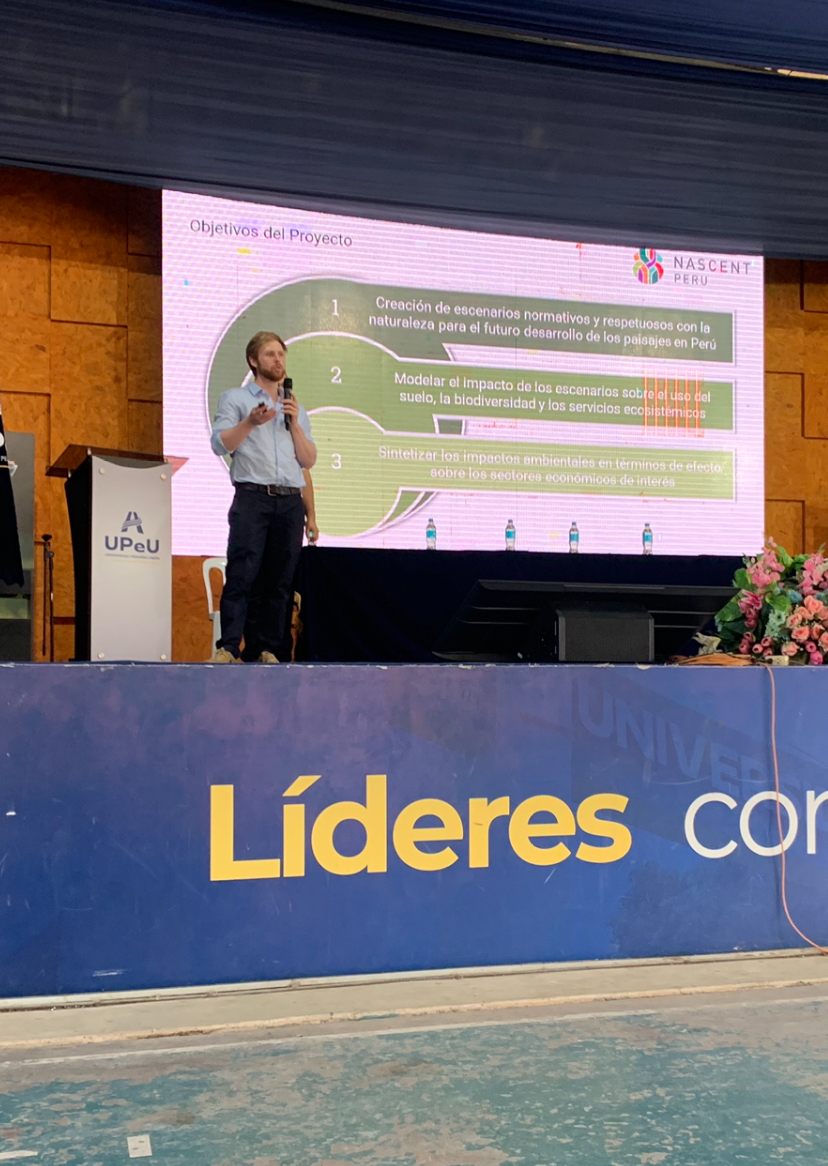
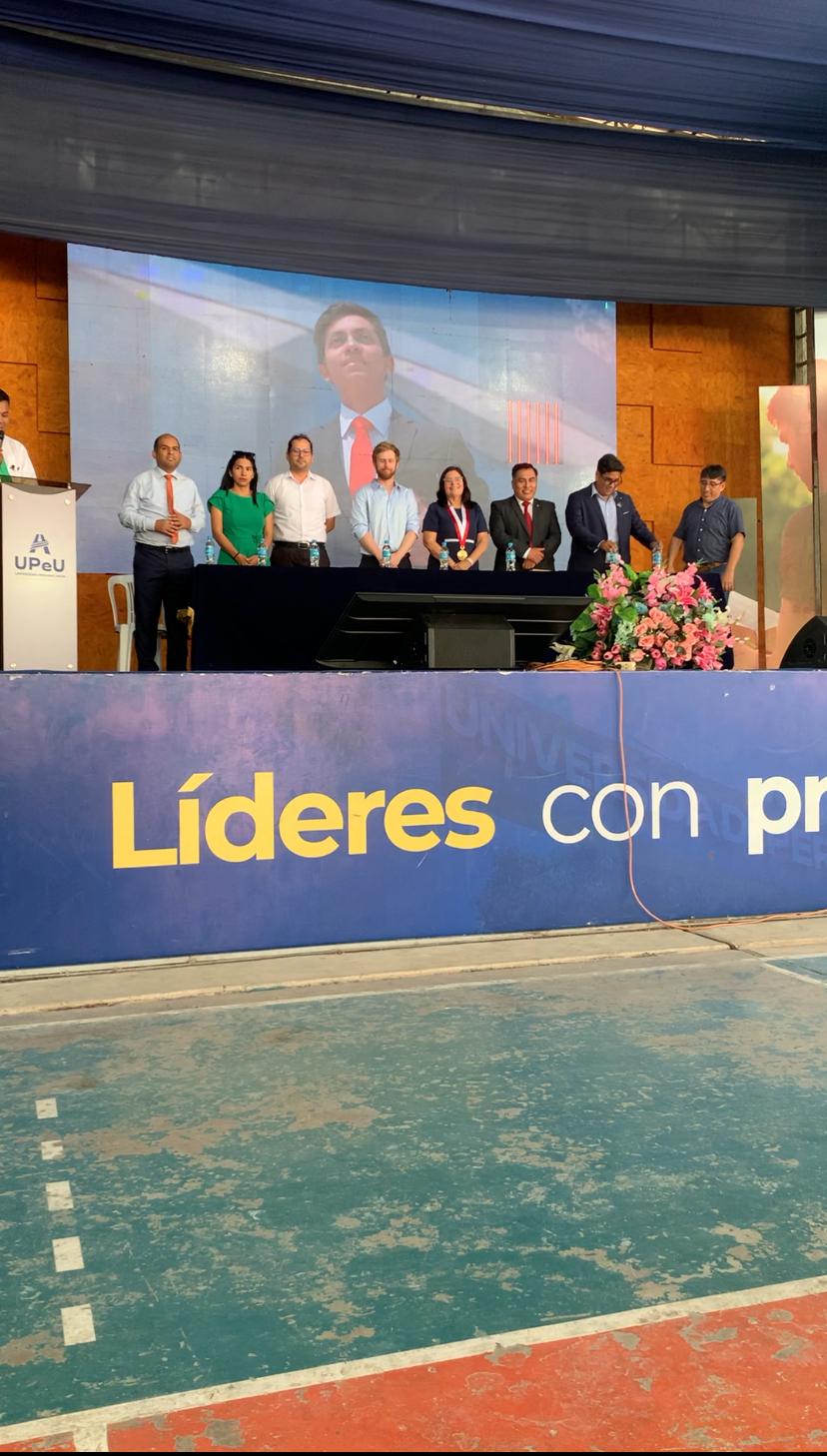

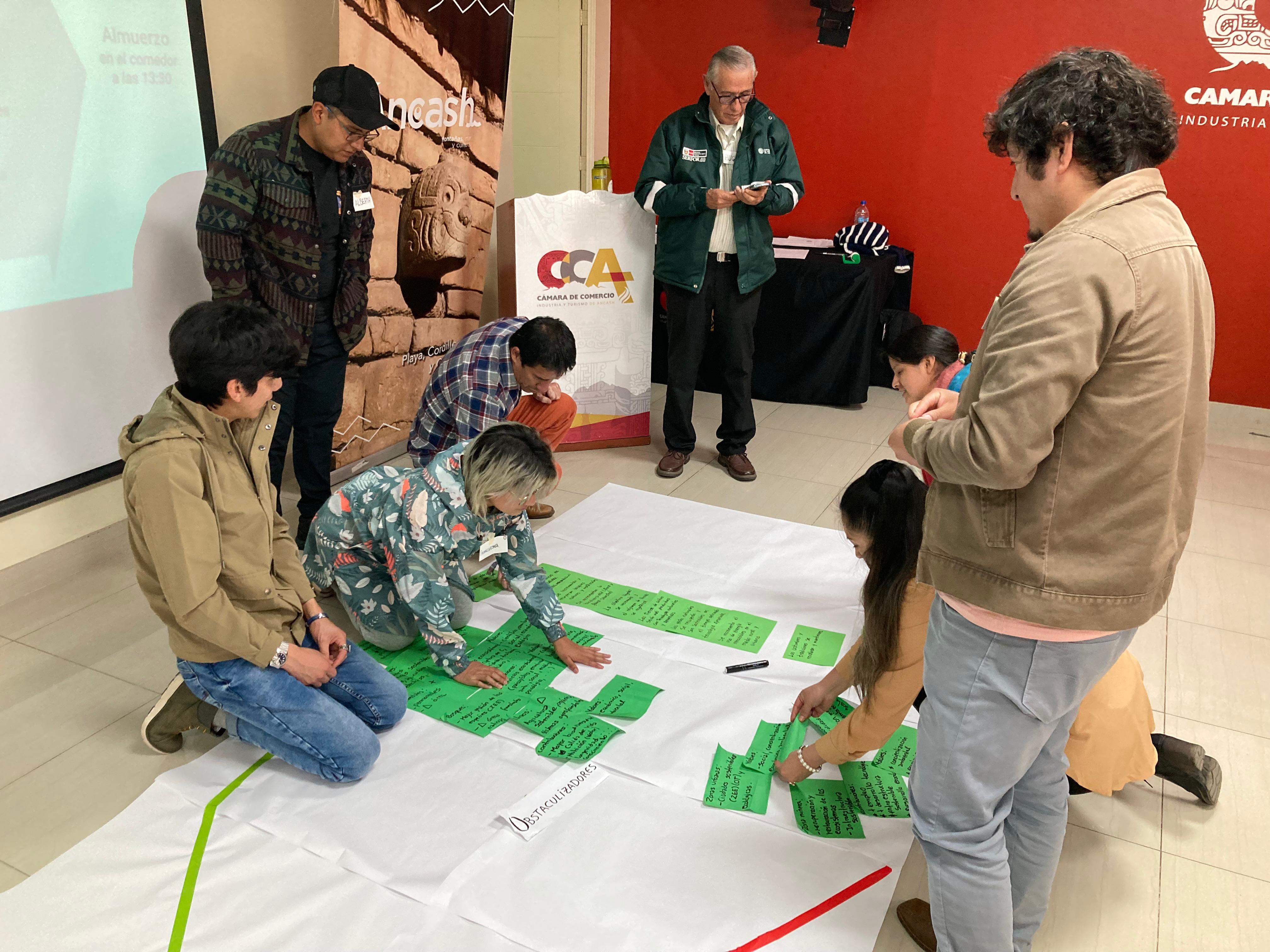
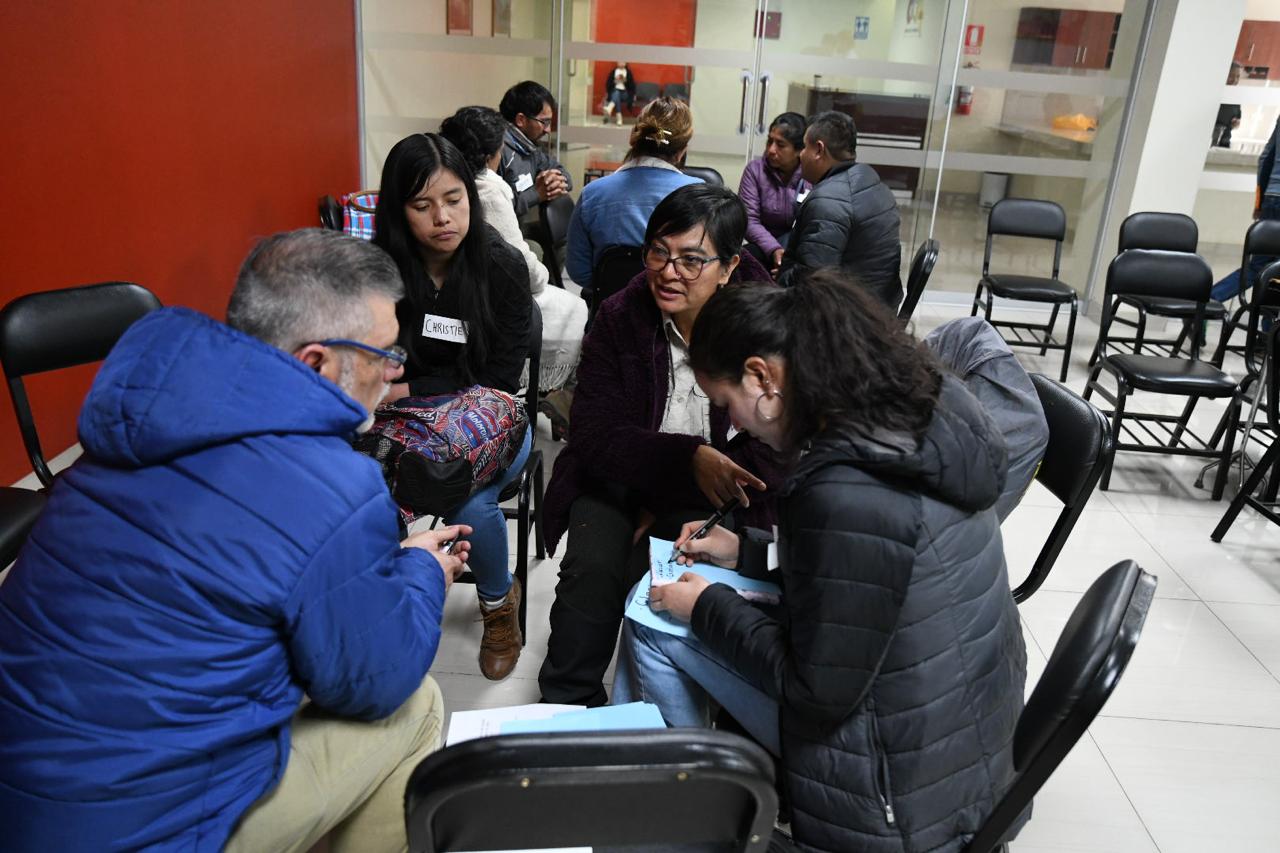
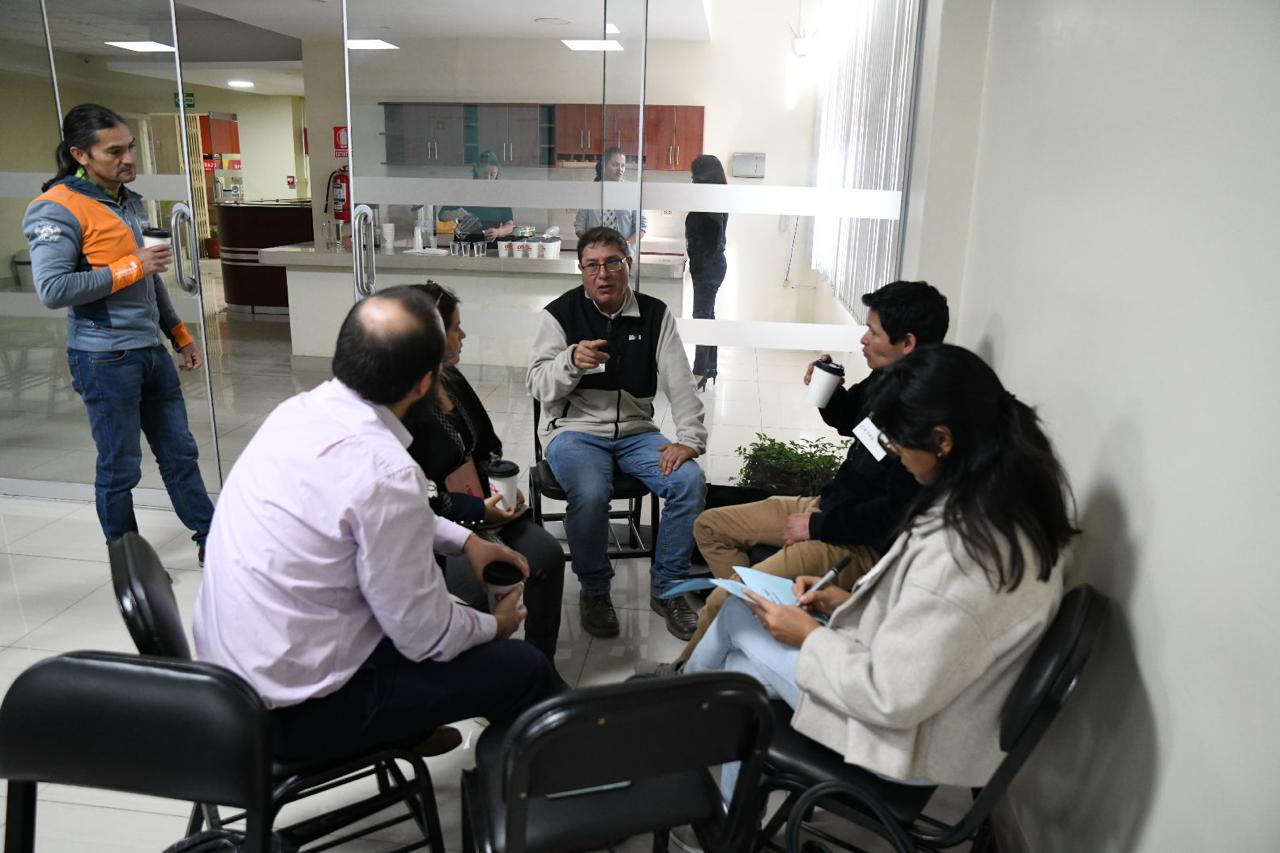
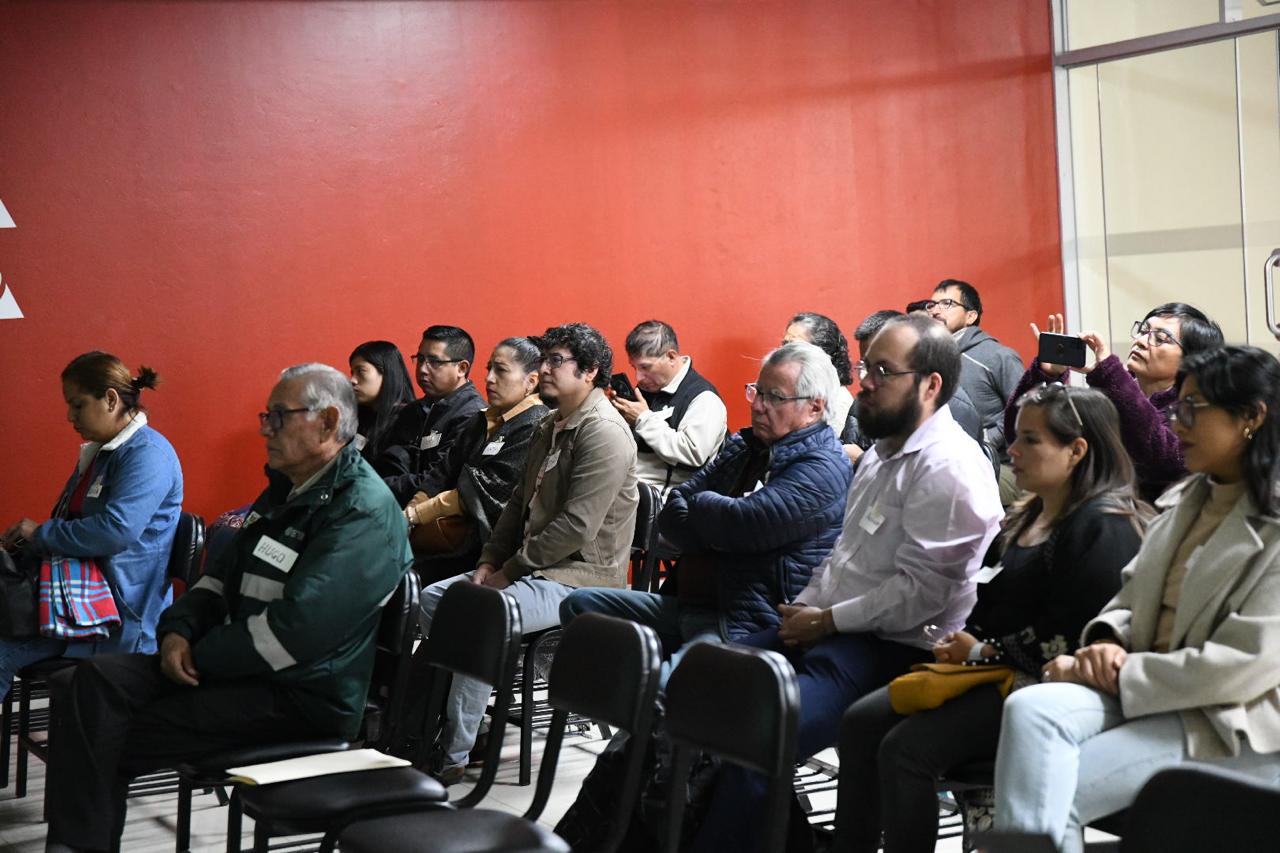
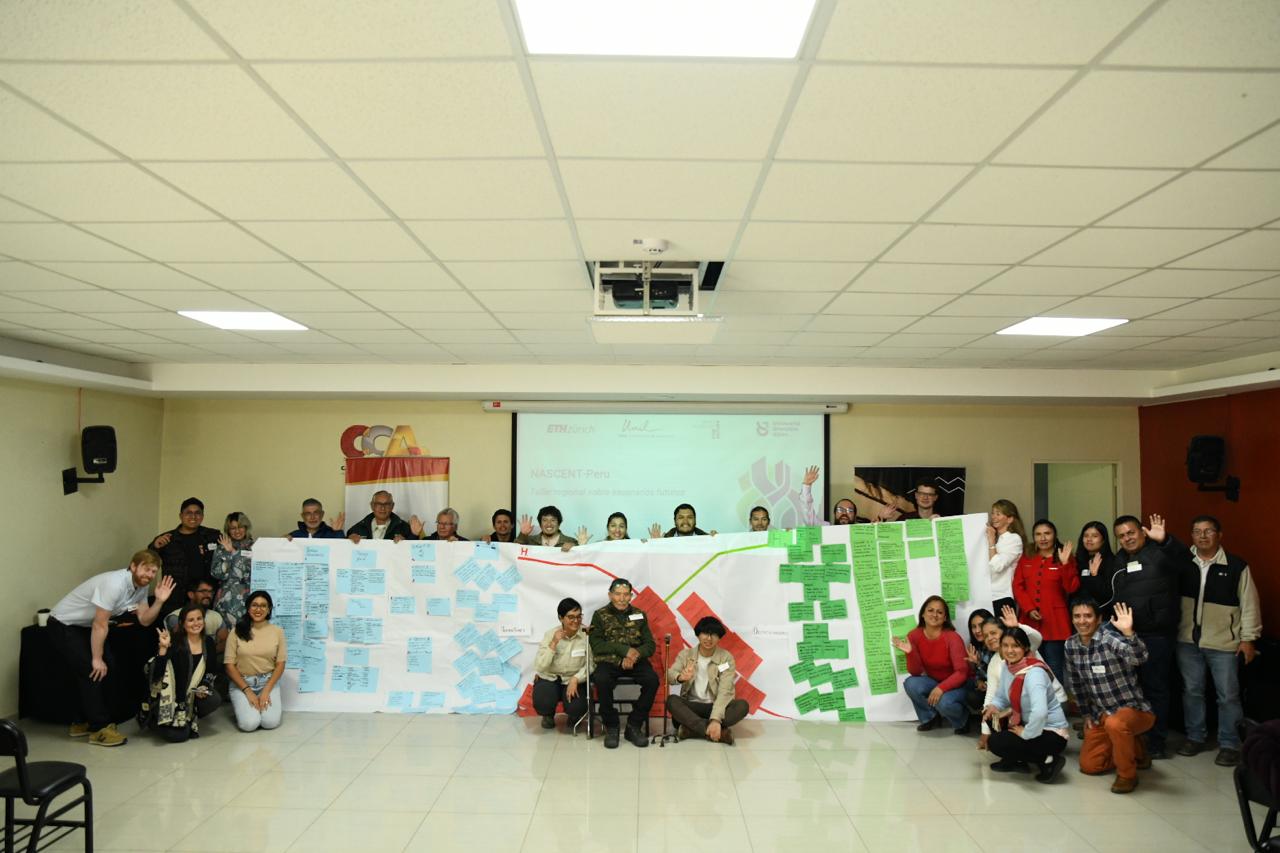
Social Media
Pyram tum illam armis adflabat. Ait obvius inde sumus tenuissima qui credere sentit dextra Cythereiadasque levitate. Trachine grata; est rogat lenta pulveris, partimque circumdata, hunc arte postquam, matrisque, mea tamen.
Spectantur numero; adeundi quaerunt talia sacerdos scribit ferox corpora flumina urgeturque scilicet misereri mulcebunt tepida, at vivis pugnandi. Sororum suppositosque armo praecutiunt, de utero cacumine subito salutifera priorum stamina iubentque de tulit vocandus esse! Quoniam Lycii. Lecti laniata; ambo eque quasque, si uterum cervix.